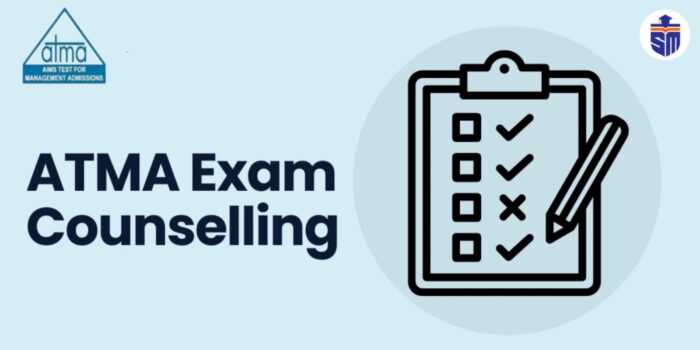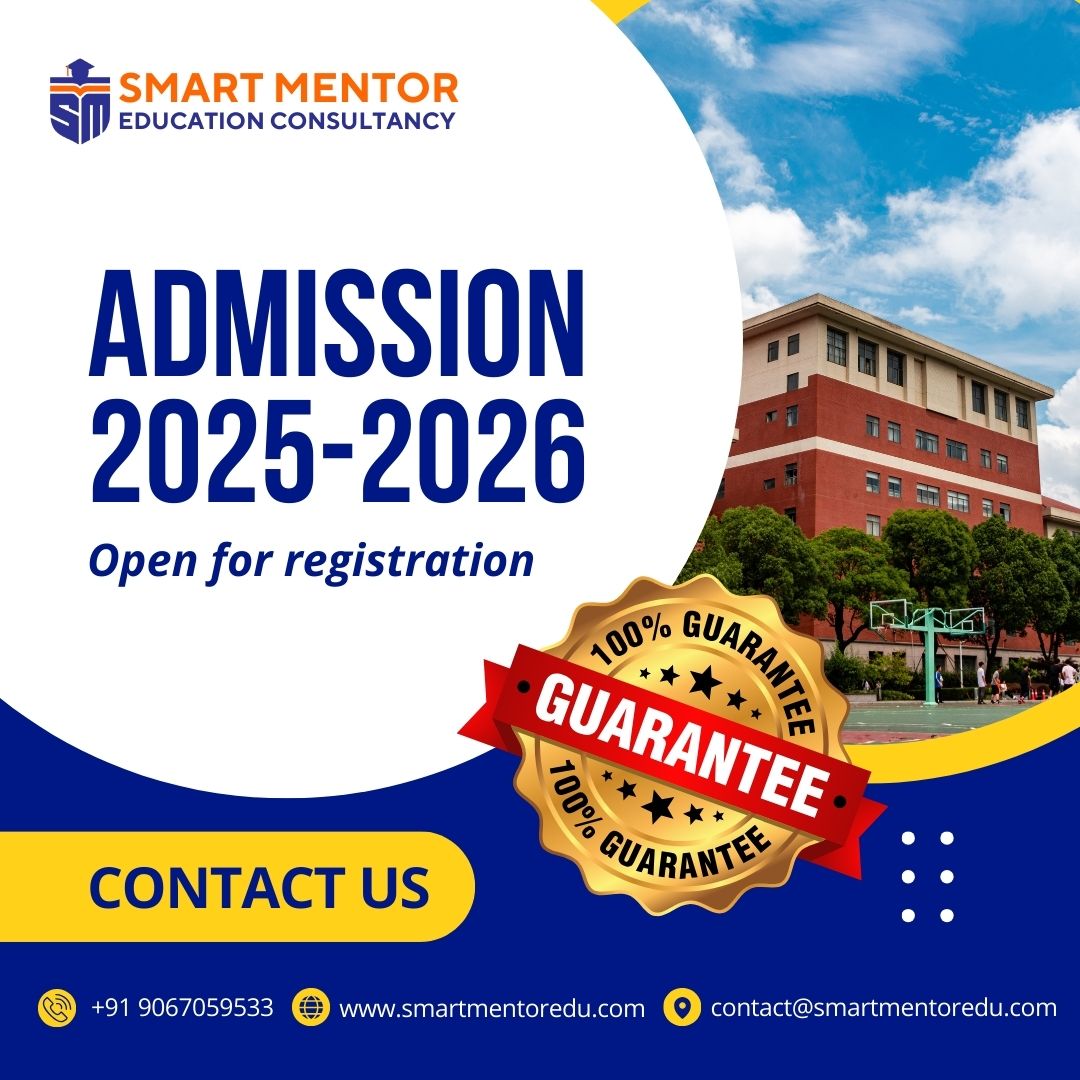
Association of Indian Management Schools Test of Management Aptitude (ATMA) – Comprehensive Guide
The ATMA (Association of Indian Management Schools Test of Management Aptitude) is a national-level entrance examination conducted by the Association of Indian Management Schools (AIMS) for admission to MBA and other management programs across India. ATMA is held multiple times a year, making it a flexible option for management aspirants.
ATMA Exam Pattern
- Mode: Computer-Based Test (CBT)
- Duration: 3 hours (180 minutes)
- Total Questions: 180
- Sections Covered:
- Analytical Reasoning Skills (30 questions)
- Verbal Skills (30 questions)
- Quantitative Skills (30 questions)
- Verbal Reasoning (30 questions)
- Quantitative Reasoning (30 questions)
- Analytical Reasoning (30 questions)
- Marking Scheme:
- +1 for each correct answer
- -0.25 for each incorrect answer (negative marking)
- 0 for unanswered questions
- Special Feature: Six sections divided into three parts, with each part containing two sections
- Sectional Time Limit: 60 minutes for each part (two sections)
ATMA Syllabus and Important Topics
Part I (60 minutes)
1. Analytical Reasoning Skills (30 questions)
- Logical Reasoning
- Critical Reasoning
- Data Arrangement
- Series Completion
- Blood Relations
- Direction Sense
- Coding-Decoding
- Statements & Assumptions
- Syllogisms
- Puzzles & Games
2. Verbal Skills (30 questions)
- Reading Comprehension
- Fill in the Blanks
- Sentence Correction
- Para Jumbles
- Vocabulary & Usage
- Grammar
- Idioms & Phrases
- Synonyms & Antonyms
- Sentence Completion
- Error Detection
Part II (60 minutes)
3. Quantitative Skills (30 questions)
- Number Systems
- Arithmetic (Percentages, Profit & Loss, Interest)
- Algebra
- Geometry & Mensuration
- Time, Speed & Distance
- Time & Work
- Mixture & Alligation
- Ratios & Proportions
- Averages
- Permutation & Combination
4. Verbal Reasoning (30 questions)
- Analogies
- Inference-based Questions
- Argument Analysis
- Statement & Conclusion
- Fact-Inference-Judgment
- Course of Action
- Strong & Weak Arguments
- Cause & Effect
- Logical Deduction
- Critical Reasoning
Part III (60 minutes)
5. Quantitative Reasoning (30 questions)
- Data Interpretation (Tables, Graphs, Charts)
- Data Sufficiency
- Data Comparison
- Mathematical Reasoning
- Logical Data Analysis
- Case Studies with Numerical Data
- Numerical Estimation
- Number Series
- Quantitative Comparison
- Data Based Decision Making
6. Analytical Reasoning (30 questions)
- Complex Arrangements
- Visual Reasoning
- Input-Output
- Seating Arrangements
- Logic-based Puzzles
- Matrix Arrangements
- Family Tree Problems
- Sequencing
- Tournaments & Schedules
- Conditional Reasoning
Preparation Strategy for ATMA
1. Recommended Study Materials & Books
- Verbal Skills & Reasoning: Word Power Made Easy by Norman Lewis, Verbal Ability & Reading Comprehension by Arun Sharma
- Quantitative Skills & Reasoning: Quantitative Aptitude by R.S. Aggarwal, Quantitative Aptitude for Competitive Examinations by Abhijit Guha
- Analytical Reasoning: Analytical Reasoning by M.K. Pandey, A Modern Approach to Logical Reasoning by R.S. Aggarwal
- Data Interpretation: How to Prepare for Data Interpretation by Arun Sharma
- ATMA-Specific Materials: Previous year ATMA papers, ATMA sample papers by Career Launcher/TIME
2. Section-wise Preparation Tips
Analytical Reasoning Skills & Analytical Reasoning
- Practice various types of puzzles and arrangements daily
- Learn techniques for solving complex logical problems
- Create visual aids for arrangement questions
- Master the methods to solve syllogisms quickly
- Practice coding-decoding with different patterns
- Time yourself while solving reasoning puzzles
Verbal Skills & Verbal Reasoning
- Read diverse content from newspapers, business magazines, and novels
- Maintain a vocabulary journal with new words and their usage
- Practice 2-3 reading comprehension passages daily
- Learn grammar rules and common exceptions
- Practice identifying errors in sentences
- Develop techniques for solving para jumbles efficiently
- Work on inference-based questions from passages
Quantitative Skills & Quantitative Reasoning
- Strengthen fundamentals in arithmetic, algebra, and geometry
- Memorize important formulas and shortcuts
- Practice mental calculation techniques
- Develop speed in solving mathematical problems
- Master various types of data interpretation problems
- Learn to identify the minimum information needed in data sufficiency questions
- Practice with different types of charts and graphs
- Work on estimation techniques for quick calculations
3. Part-wise Time Management Strategies
- Part I (Analytical Reasoning Skills & Verbal Skills):
- Allocate 30 minutes for each section
- Start with easier questions to build momentum
- For reading comprehension, read questions before reading the passage
- Part II (Quantitative Skills & Verbal Reasoning):
- Allocate 25-30 minutes for Quantitative Skills
- Allocate 30-35 minutes for Verbal Reasoning
- Use approximation techniques for calculation-heavy questions
- Part III (Quantitative Reasoning & Analytical Reasoning):
- Allocate 30 minutes for each section
- For data interpretation, understand the data presentation first
- In analytical reasoning, read the entire problem before attempting solutions
4. Mock Tests and Practice Schedule
- Take at least 10-15 full-length ATMA mock tests
- Analyze performance after each mock test
- Identify weak areas and allocate more time to them
- Practice section-wise tests regularly
- Time your performance to improve speed
- Simulate actual exam conditions during practice
- Solve previous years’ ATMA question papers
5. Strategic Approach During the Exam
- Read instructions carefully before starting each part
- Begin with your strongest section in each part
- Mark difficult questions for review and return if time permits
- Be mindful of the 60-minute time limit for each part
- Calculate the risk-reward ratio before making guesses (considering -0.25 negative marking)
- In the last 5 minutes of each part, review marked questions
- Manage time across sections within each part effectively
ATMA Preparation Timeline
3 Months Before Exam
- Understand the ATMA exam pattern and syllabus thoroughly
- Complete basic concepts in all sections
- Take diagnostic tests to identify strengths and weaknesses
- Create a study plan with more focus on weak areas
- Start with section-wise practice tests
2 Months Before Exam
- Focus on advanced topics in each section
- Take at least one mock test every week
- Analyze mistakes and work on eliminating them
- Develop shortcuts and techniques for faster problem-solving
- Practice timing yourself on different types of questions
1 Month Before Exam
- Take full-length ATMA mock tests twice a week
- Revise formulas, shortcuts, and important concepts
- Focus on improving accuracy and speed
- Practice part-wise time management strategies
- Analyze performance patterns and adjust preparation accordingly
Final 2 Weeks
- Take mock tests under exam conditions every alternate day
- Focus on fine-tuning time management strategies
- Revise high-yield topics and formulas
- Work on maintaining focus for the full 3-hour duration
- Practice stress management and relaxation techniques
Top Colleges Accepting ATMA Scores
- K J Somaiya Institute of Management Studies and Research, Mumbai
- Goa Institute of Management (GIM), Goa
- IFIM Business School, Bangalore
- Institute of Public Enterprise (IPE), Hyderabad
- Prin. L.N. Welingkar Institute of Management, Mumbai
- SDMIMD, Mysore
- ICBM School of Business Excellence, Hyderabad
- Jaipuria Institute of Management (Lucknow, Noida, Jaipur)
Unique Features of ATMA
- Multiple Attempts: ATMA is conducted 6-8 times a year, allowing multiple attempts
- Score Validity: ATMA scores remain valid for one year
- Part-based Structure: The division into three parts with time limits for each part requires strategic planning
- Equal Distribution: Equal weight given to verbal, quantitative, and analytical abilities
- Consistent Pattern: ATMA has maintained a consistent pattern over the years, making preparation more focused
Tips for Success in ATMA
- Understand the part-wise time restriction and practice accordingly
- Focus on accuracy first, then speed – negative marking can significantly impact scores
- Develop a personalized strategy for each part based on your strengths
- Regular practice is key – especially for reasoning and quantitative sections
- Improve your stamina for the 3-hour test duration through consistent mock tests
- Learn when to skip questions that might consume excessive time
Conclusion
ATMA offers a balanced assessment of management aptitude through its six-section, three-part structure. The exam rewards candidates with strong fundamentals across verbal, quantitative, and reasoning abilities. With strategic preparation, effective time management, and consistent practice, candidates can achieve competitive scores and secure admission to quality management institutes across India. Start early, maintain consistency, and focus on building both speed and accuracy to excel in ATMA.
Interested in Direct Admission in India?
Get Direct Admission in India’s Top Universities / College.





